Nambu Wastewater Treatment Plant View and Floor Plan
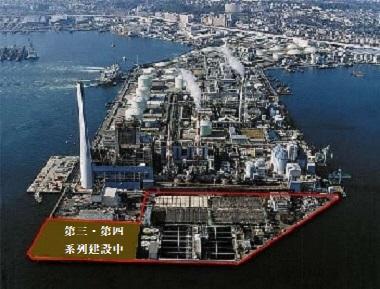
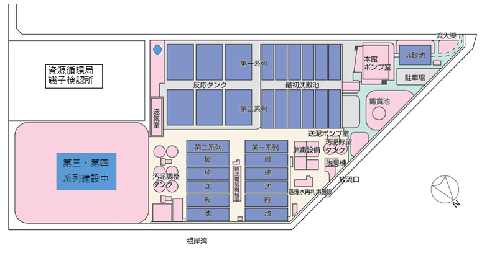
It is the only water reclamation center in Yokohama that is surrounded by the sea.
Please: Please note that Nambu Wastewater Treatment Plant is prohibited by anyone other than those involved in the maintenance and management of the facilities.
Wild birds gathering at the center
A river cicada aiming for a small bird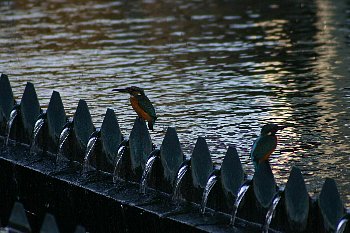 | Shooting location | Final sedimentation pond Triangle Weir |
|---|
| Name | Kasemi |
|---|
Birds aiming for fish in the appreciation pond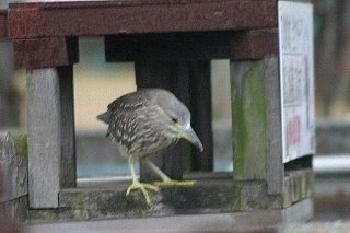 | Shooting location | Canal of the Appreciation Pond |
|---|
| Name | Hoshigoi |
|---|
Birds who stop by handrails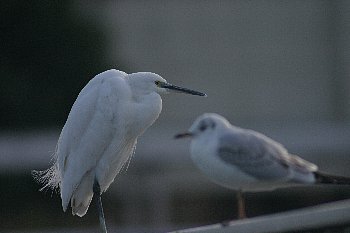 | Shooting location | Final sedimentation pond Handrail |
|---|
| Name | Squirrel |
|---|
A bird looking for food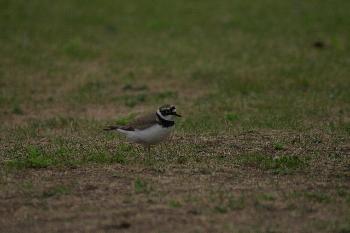 | Shooting location | Green space beside the air transmission building |
|---|
| Name | Kochidori |
|---|
Intruders lurking in trees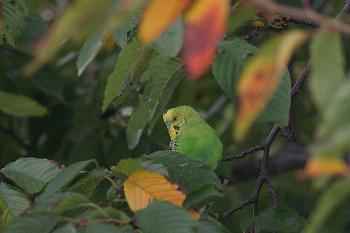 | Shooting location | Cherry tree beside the adjustment tank |
|---|
| Name | Cough inko |
|---|
With the flowers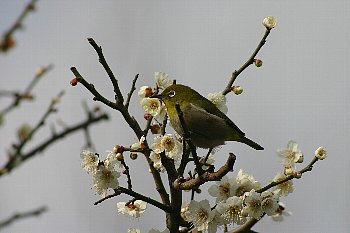 | Shooting location | First of all, sedimentation pond side plum tree |
|---|
| Name | Mejiro |
|---|
A secret story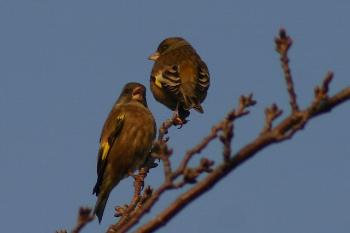 | Shooting location | First sedimentation pond Waki Cherry Blossom Tree |
|---|
| Name | Wall |
|---|
Sewage discharged from homes and offices turns into clean water through various processes.
The water (referred to as "treated water") is released to Tokyo Bay from the discharge port introduced here.
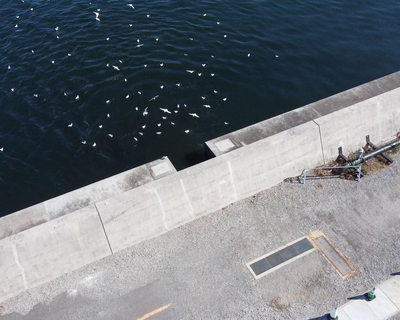
- It seems that treated water is flowing from the discharge port.
Microorganisms active in the center
Monostilla (Monostyla) Japanese name: Beetle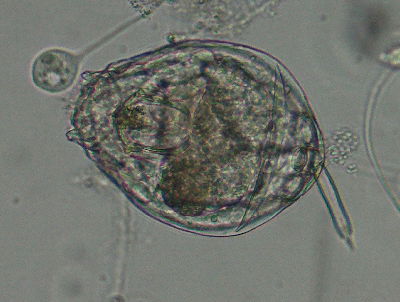
| Features |
|---|
Size: 150~250μm
The back is composed of two insteps of the back and belly, oval or circular, short limbs, and has a long toe. The toes have a three-eyed conical tip and cracks at the center tip.
It may appear in large quantities, and at that time the treated water becomes cloudy. However, fungi (mold), which is predators, appears immediately, and immediately decreases sharply. |
Prorodon (Japanese name: Mizuta makemushi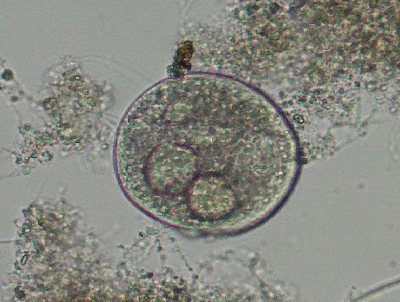
| Features |
|---|
Size: 130~200μm
It is a large oval shape and can exceed 300 μm when it grows. Swimming while rotating and prey on small cilias.
It appears when the condition of the aeration tank is disassembled. |
Dipro Gaster (Diprogaster) 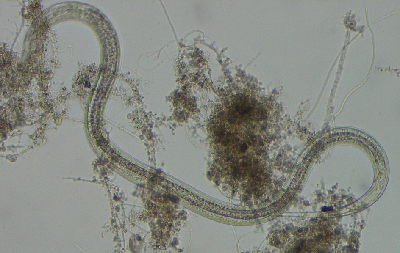
| Features |
|---|
Size: Around 1000 μm
Since it appears under various conditions, it does not become an indicator organism. He dive into the flock and eats bacteria.
It is said that such worms are generated at sludge deposition points. |
Spiros Tomamu (Spirostomum) Japanese name: Beetle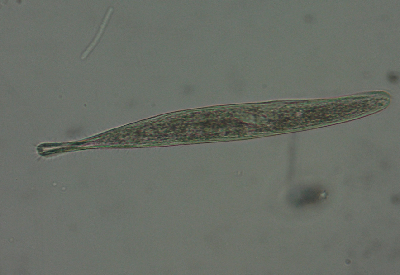
| Features |
|---|
Size: 150~400μm
Long cylinder shape and large shape. These companions contain the largest species among protozoa exceeding 3mm.
At the time of appearance, the aeration tank is generally good. |
Epistyris (Epistylis)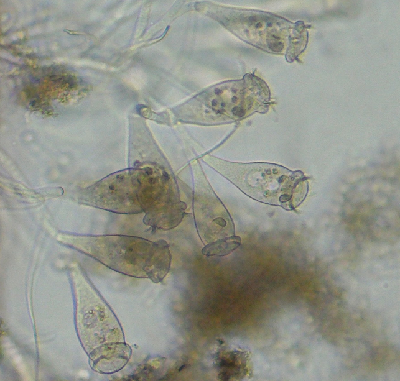
| Features |
|---|
Insect length: 50~200μm
Insect body head is a hanging shape and the handle is branched, forming a group.
Activated sludge is in good condition when it appears alone. In the case of a group, there are many times when it is somewhat disassembled. In addition, when the living environment deteriorates, such as demolition progresses, the head of the insect is cut off and swims to a well-conditioned place. |
Coreps (Coleps) Japanese name: Targata squirrel, squirrel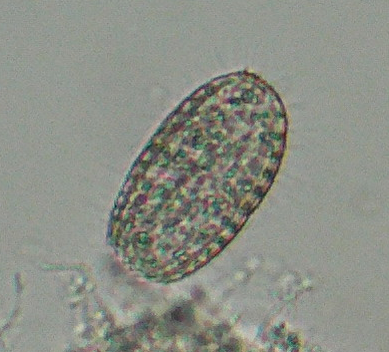
| Features |
|---|
Size: 45~60μm
They are oval or barrel-shaped and covered with hard leather. Swimming while spinning, it's quite fast. They eat bacteria and small whipectomy.
It appears when the nitrification is progressing and the DO is kept high. |
Arcera (Arcella) Japanese name: Nabecamri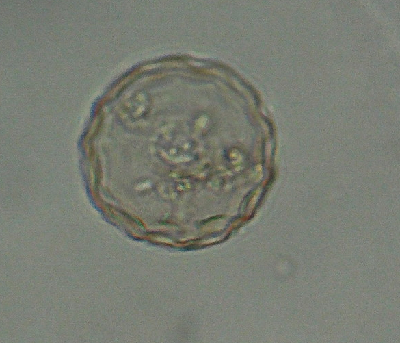
| Features |
|---|
Size: 30~250μm
Ameba friend in a hemisphere-shaped shell. Move your feet out from the bottom. It feeds bacteria and algae.
If you're fine, you'll get some tactile arms. |
Rotaria (Rotaria) Japanese name: Beetle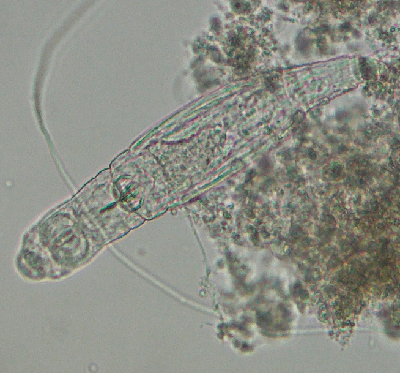
| Features |
|---|
Size: 300~500μm
It moves between flocks, stretching like a hill. When the flock becomes smaller, they sometimes swim around by turning the cilia of the head. They eat small whipectoms and bacteria. |
Caetonotus (Chaetonotus) Japanese name: Beetle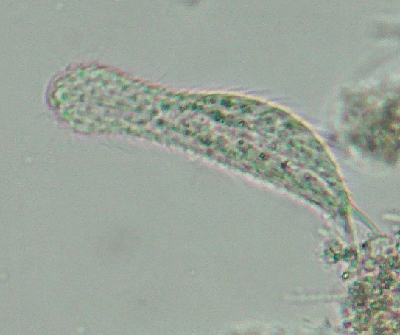
| Features |
|---|
Size: 100~200μm
The insect body resembles a weasel. Swim smoothly and quickly.
Since activated sludge appears from the demolition phase to the demolition phase, the treated water at the time of appearance is good, but the permeability is often one step now. They eat dead bodies and algae of microorganisms. |
Ameba (Amoeba)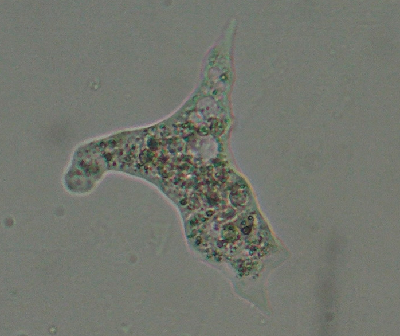
| Features |
|---|
Size: Tens to several hundred μm
Move while changing the shape in various ways. Eat bacteria, etc. |
Macrobiotus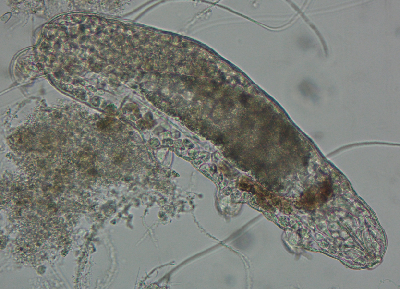
| Features |
|---|
Size: 200~1000μm
Walk around slowly with nails and suck food with a needle in your mouth. As the name suggests, it looks like a bear. It lays eggs and increases. |
We are looking for a tour of the facilities.
You can actually observe the outline of the sewerage business and the process of reclaiming dirty water and turning it into clean water.
Click here if you would like to visit the facility.




























